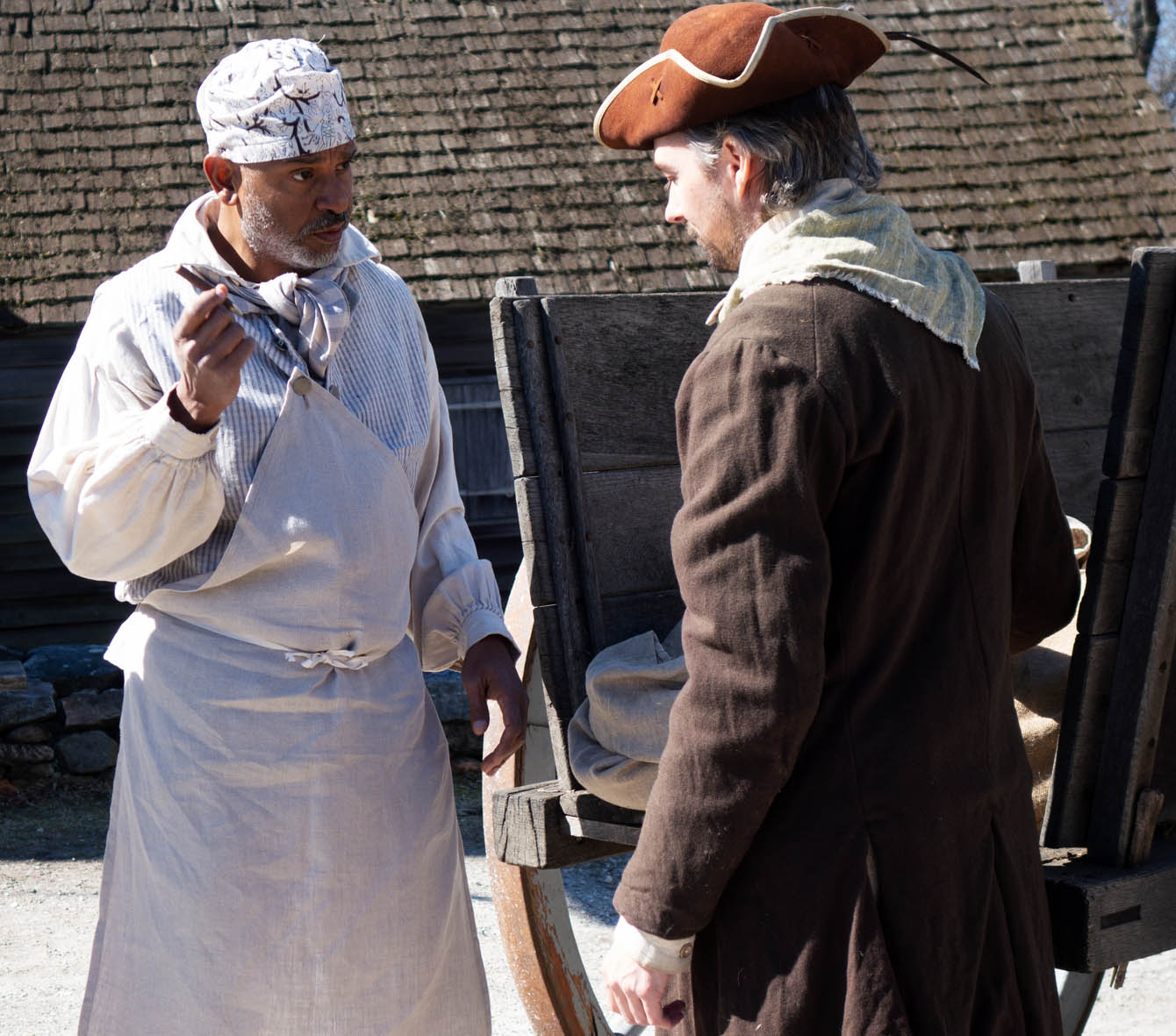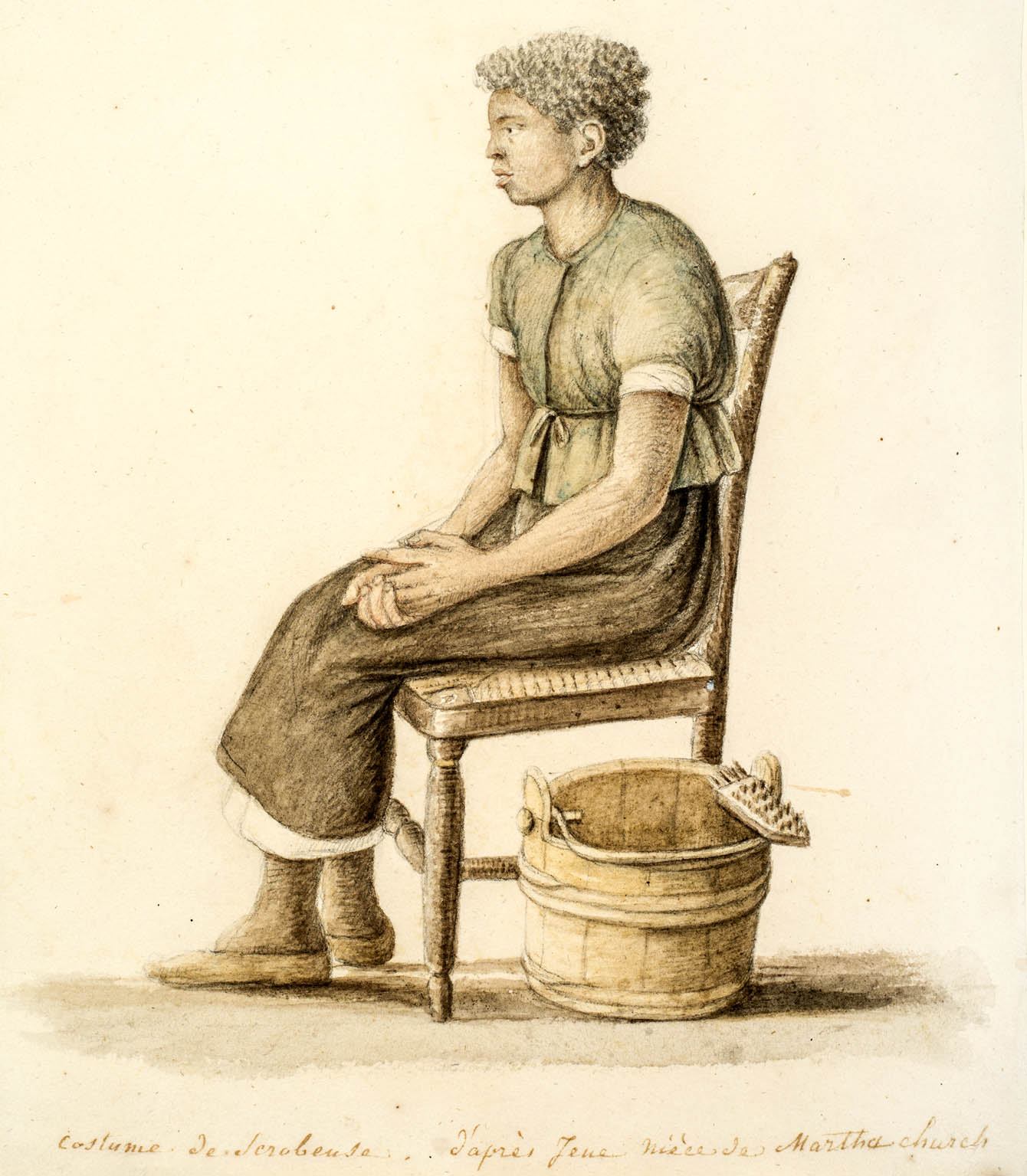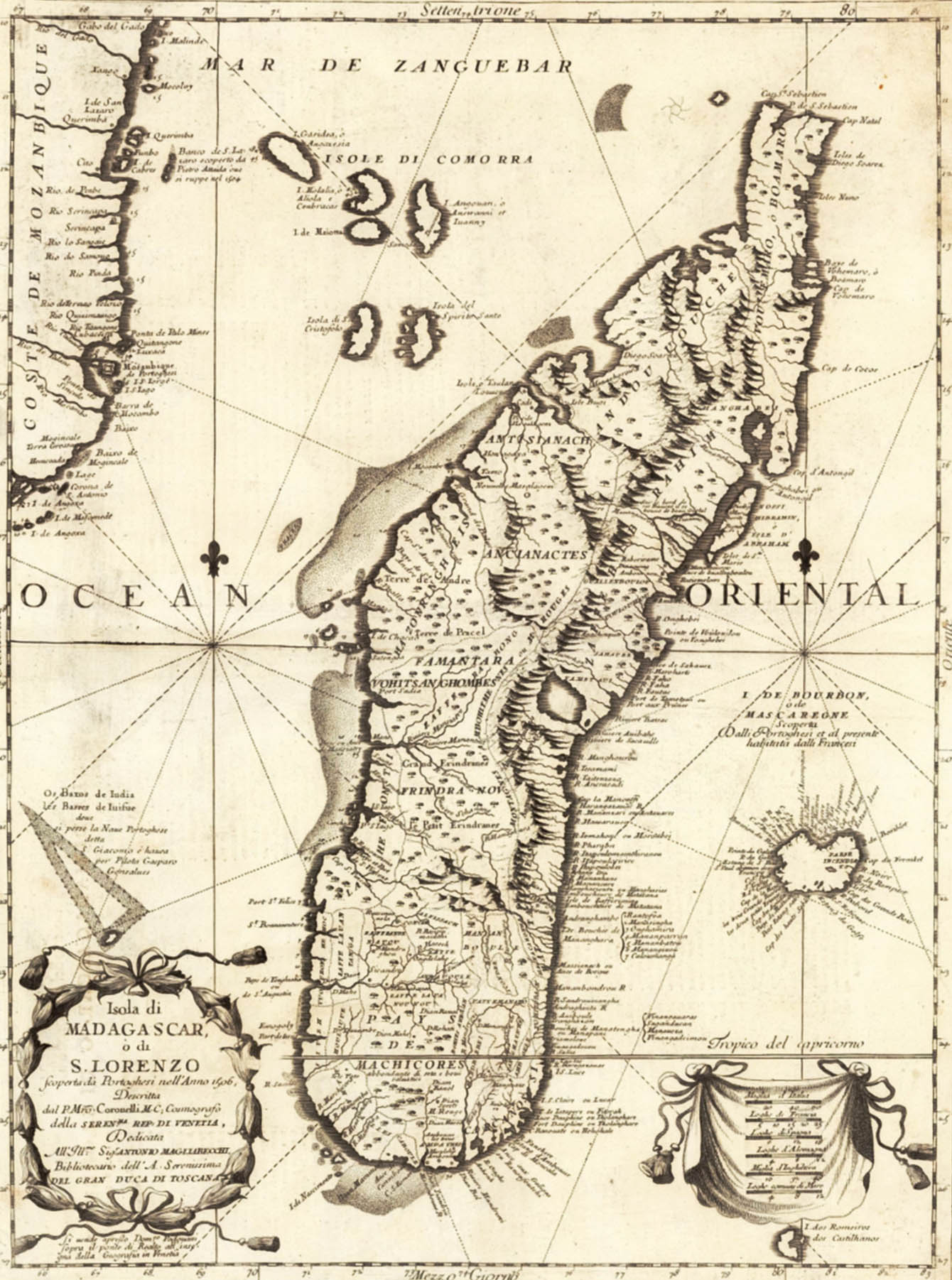More Stories About Negotiating
Negotiation is a bargaining process between parties who want to reach an agreement. Given the inequity built into the institution of slavery, how could an enslaved person negotiate with an enslaver? What bargaining power could enslaved people have? The few cases that are documented suggest that some individuals were able to negotiate to improve their labor situation, secure the safety of their family, or purchase their freedom. Most arrangements were informal, however, and could be withdrawn by an enslaver. For this reason, individual negotiations did not threaten the system of colonial enslavement in any meaningful way.

Caesar, the enslaved miller at Philipsburg Manor, was uniquely qualified to negotiate with his enslaver, Adolph Philipse. With his expertise, he alone was capable of operating the gristmill, and could leverage his skills by assuring the mill's efficient operation in return for concessions made to the enslaved community. Those concessions might have included regular days off, family visitation, and protection from separation.
When a new enslaver took control in 1750 and looked to sell the property, however, Caesar most likely lost his ability to negotiate. That year, nearly half of the enslaved men, women, and children at Philipsburg Manor were sold.

Jane was an enslaved woman from Little Compton, Massachusetts (now Rhode Island), who worked in the house of her enslaver, Thomas Church. In his will, Church made an unusual offer: “my will further is that if my Negro woman Jane...should want to be sold my Executor may dispose of her and [buy] another.” Church let Jane herself decide whether to be sold or remain enslaved by his family. Jane chose to stay with the Church family. Historians do not know whether Jane negotiated for this choice. The records only show that she had this rare opportunity to make a decision that would impact her life.

Few enslaved people were able to negotiate for their own freedom or that of their family. Venture Smith was an exception. African-born and enslaved in Connecticut, Smith negotiated the purchase of his freedom with his third enslaver, Oliver Smith. After working for his enslaver six days each week, Venture Smith hired himself to local farmers, cutting lumber and harvesting grain, on Sundays, holidays, and in the evenings. After five years of working both day and night, Venture Smith paid his enslaver £71 for his liberty. He then worked for the next 12 years to purchase the freedom of his family and three other enslaved men.

Negotiations between enslaver and enslaved were inherently imbalanced. Gustus was an enslaved man purchased in 1807 by Peter Ganesvoort of New York. After informing his new enslaver that he disliked housework and wished to be sold, Gustus went on to suggest Judge William Walker as a potential buyer. Ganesvoort agreed to free Gustus from enslavement for the price of $287 paid by Judge Walker, on the condition that Gustus voluntarily indenture himself to Judge Walker and “faithfully serve” him for a period of seven years. Gustus’s skills as a negotiator enabled him to eventually secure his freedom through this complex, three-party agreement.

Some enslavers insisted on permanent work arrangements in return for manumission. While these agreements offer evidence of negotiation between the two parties, the strict terms always favored the enslaver. Susannah Roseboom’s enslaver, Elizabeth Ten Broeck of Albany, New York, freed Roseboom and her three daughters following the death of Ten Broeck’s husband in 1810. The manumission stipulated that Roseboom would continue to do her former enslaver’s laundry and ironing weekly and assist with tasks related to the annual butchering. This arrangement allowed Ten Broeck to continue to benefit from Roseboom’s unpaid labor without providing food and shelter to her or her children.

The balance of power between an enslaved individual and an enslaver could also be changed by decisive but dangerous actions. In 1694, an enslaved man named Jack chose self-emancipation. Jack’s enslaver, the merchant Frederick Philipse, instructed one of his ship captains to negotiate with Jack, who may have sailed to Madagascar. “[I]f you think fitt to quit him...” instructed Philipse, “I shall approve thereof, and stand to whatever agreement you make with him.” Jack was expected to pay Philipse in exchange for his freedom. No more correspondence exists about Jack, suggesting that he was never found by Philipse’s agents.


